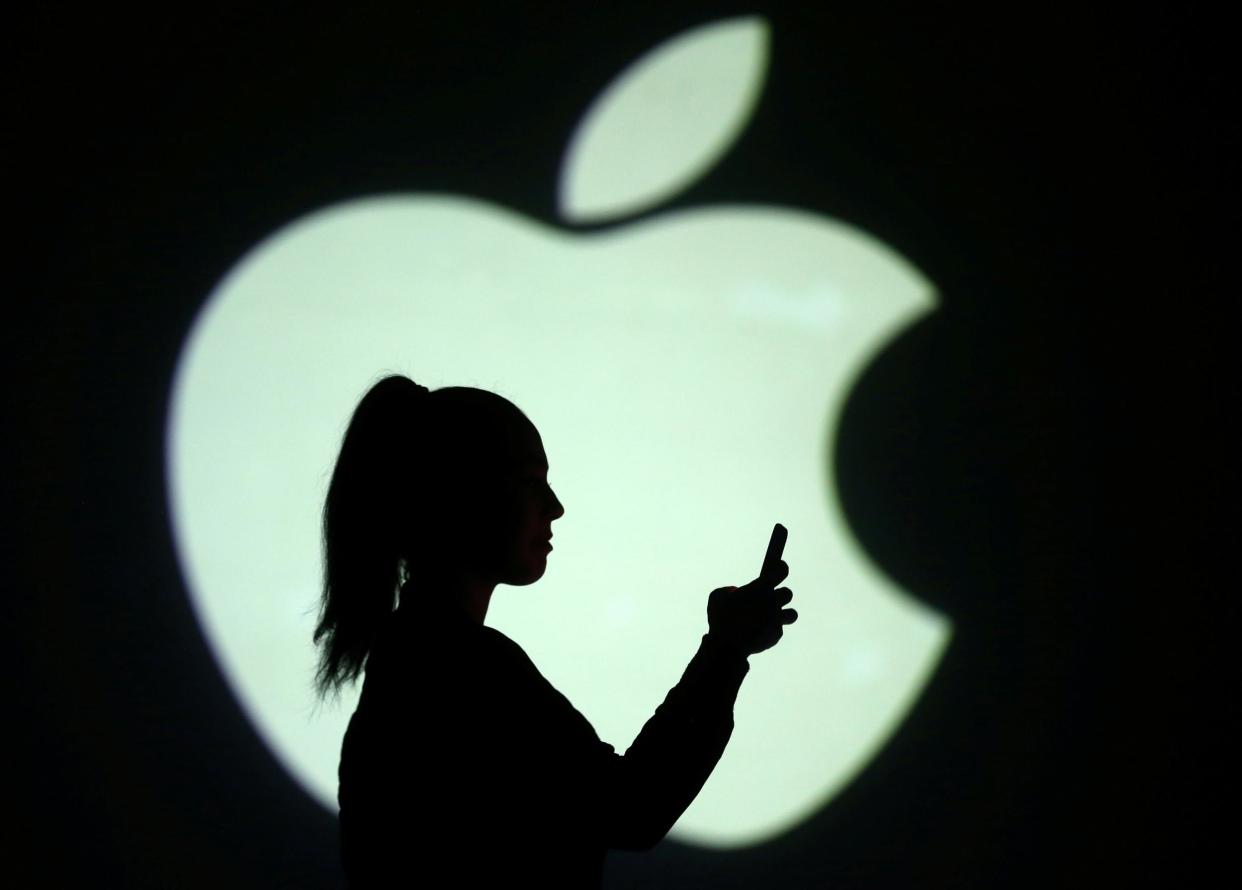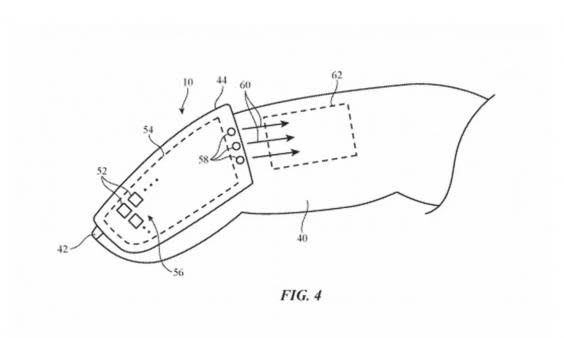Apple 'finger devices' patent lets users control objects in virtual reality

Apple has come up with a way to control objects in augmented and virtual reality, according to a recently approved patent.
The system involves a touch sensor mounted on a user’s finger and can also be used to remotely control devices like iPhones and HomePod speakers – or potential AR or VR devices that may come in the future.
Apple filed the ‘Computer Systems with Finger Devices’ application with the US Patent and Trademark Office (USPTO) last year but it was only just approved last week.
There is no indication of whether the tech giant plans to develop it. Apple typically does not comment on rumours or unreleased products.
The patent filing describes how “finger input from a user may be used to manipulate virtual objects in a mixed reality or virtual reality environment while a haptic output device in a finger device provides associate haptic output”.

The patent also describes how a variety of sensors could be used to understand a user’s intent, including force sensors, ultrasonic sensors and optical sensors.
“A user may interact with real-world objects while computer-generated content is overlaid over some or all of the objects,” the patent explains.
“Object rotations and other movements may be converted into input for mixed reality or virtual reality systems.”
Apple CEO Tim Cook recently described augmented reality as “the next big thing” in consumer technology, and will “pervade our entire lives” within five or 10 years.
Speaking in Dublin last week, Mr Cook said AR could be used in everything from video games, to overlaying instruction guides into a person’s field of vision.
He also hinted that AR technology may have more practical use cases than virtual reality, which completely takes people away from the real world.
“I think it’s something that doesn’t isolate people,” he said. “We can use it to enhance our discussion, not substitute it for human connection, which I’ve always deeply worried about in some of the other technologies.”
Though currently only the iPhone and iPad are able to show AR experiences, Apple is rumoured to have been working on its own augmented reality glasses.


